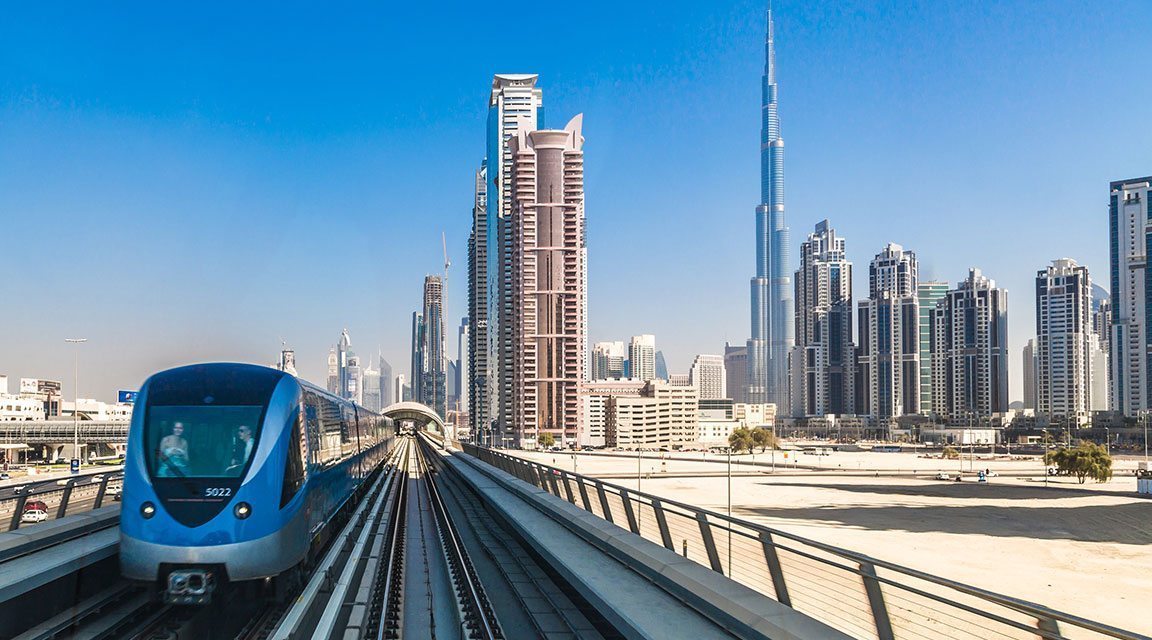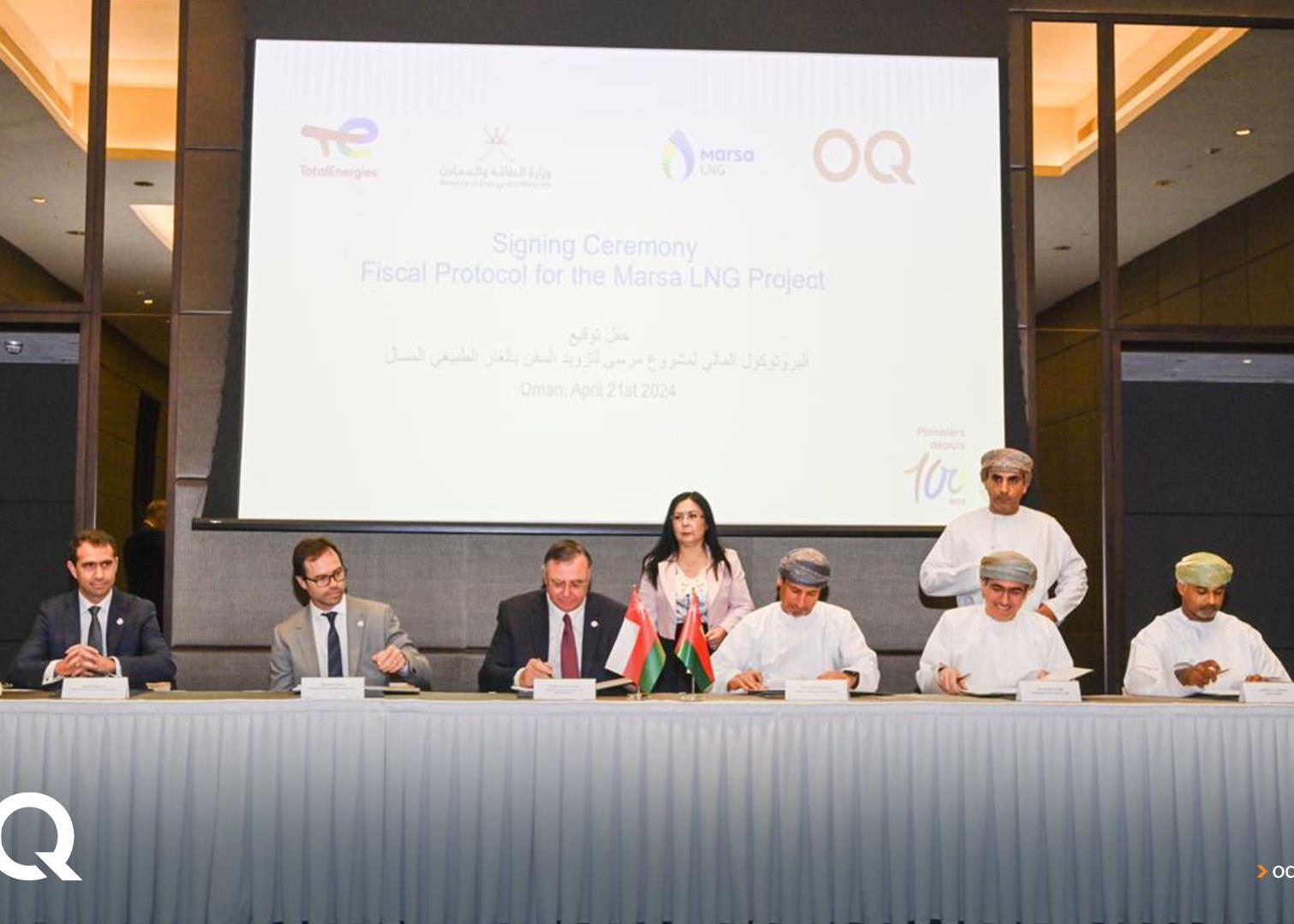

Investments in infrastructure and transport worth $20bn between 2006 and 2016 have enabled the Dubai government to save an estimated $34bn, according to Mattar al-Tayyer, director-general and chairman of the emirate's Roads & Transport Authority (RTA).
The investments include the construction of new roads and public transport networks such as the Dubai Metro and tram networks, as well as dozens of technology and infrastructure schemes that include a central command and control centre.
The projects have helped to significantly bring down the road mortality rate from 22 per 100,000 of population in 2006 to 3.5 per 100,000 in 2016, Al-Tayyer said at an infrastructure conference being held in Dubai.
Despite these investments, however, the growth in the number of vehicles in the emirate still greatly outstripped the rate of expansion in road networks. Vehicles registered in Dubai grew from 700,000 to 1.7 million, while road networks increased from 8,715 lane-kilometres to 13,594 lane-kilometres during this period.
A more efficient transport system, including the use of automated vehicles, is key to Dubai’s smart city transformation plan.
The RTA has initiated a number of projects in line with the overall objective to convert a quarter of all journeys into driverless journeys by 2030.
One of these schemes is a driverless shuttle service between Dubai Mall and an underground car park on the adjacent Mohammed bin Rashid Boulevard, which is expected to begin soon.
It will be the fourth and most significant trial for an autonomous vehicle in the emirate. The driverless vehicle will operate in a 550-metre dedicated corridor that has three intersections equipped with traffic signals.
The previous three trials were conducted at Business Bay, Mohammed bin Rashid Boulevard and Dubai World Trade Centre. These trials did not require the autonomous vehicle to interact with traffic lights.
The three traffic signals, like the other 400-plus located in the emirate, are linked to an urban traffic signal control system that utilises split cycle and offset optimisation technique (Scoot). Scoot is equipped with smart sensors that detect the volume of traffic on roads and adjust the signals accordingly.
According to local media reports, the 550-metre corridor will have separate pathways for pedestrians, cyclists and regular and autonomous vehicles.
“We are introducing a smart system that will see communication between a traffic light and an autonomous vehicle. This system, in the long run, will ease traffic and improve the level of safety on roads,” said Hussain al-Banna, executive director of traffic at the RTA, at the infrastructure conference.
Other initiatives include automated aerial taxis, for which trial flights were recently held.
| This article has been unlocked to allow non-subscribers to sample MEED’s content for FREE. MEED provides exclusive news, data and analysis about the Middle East every day. Subscribe to MEED to have full access to Middle East business intelligence. Click here |
You might also like...

Contractors win Oman Etihad Rail packages
23 April 2024

Saudi market returns to growth
23 April 2024

Middle East contract awards: March 2024
23 April 2024

Swiss developer appoints Helvetia residences contractor
23 April 2024
A MEED Subscription...
Subscribe or upgrade your current MEED.com package to support your strategic planning with the MENA region’s best source of business information. Proceed to our online shop below to find out more about the features in each package.






